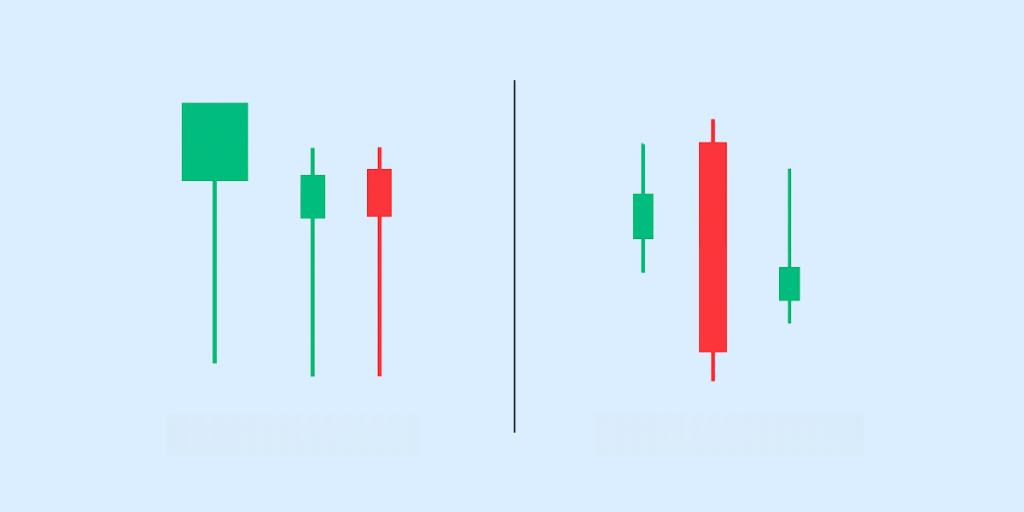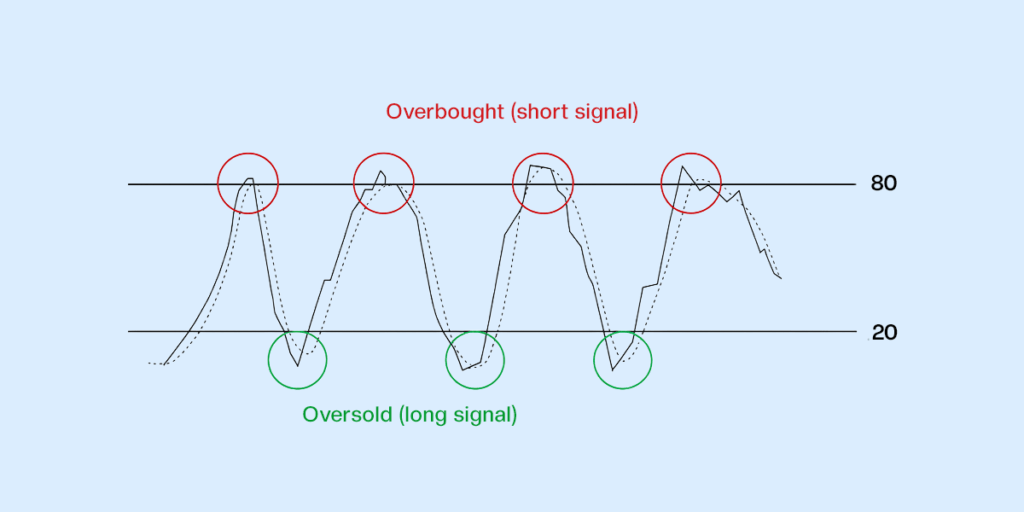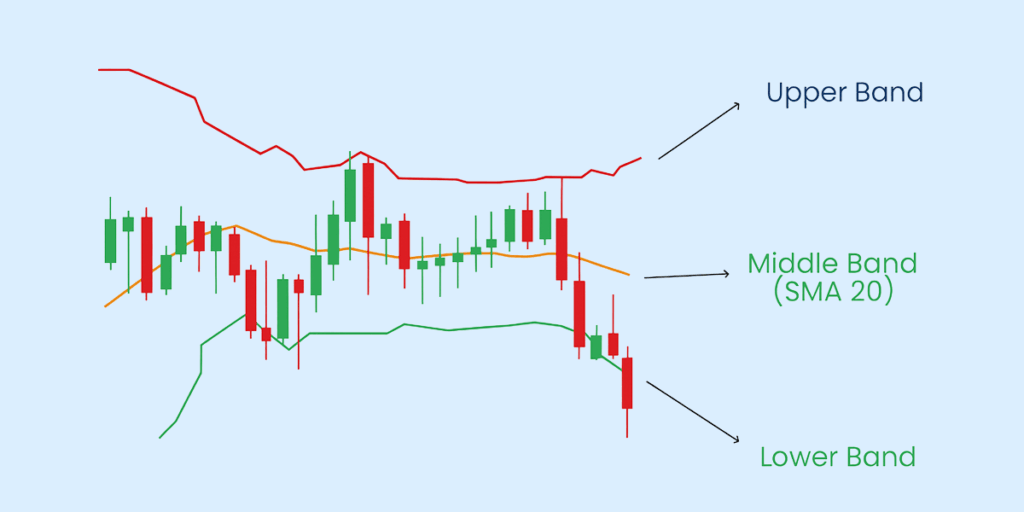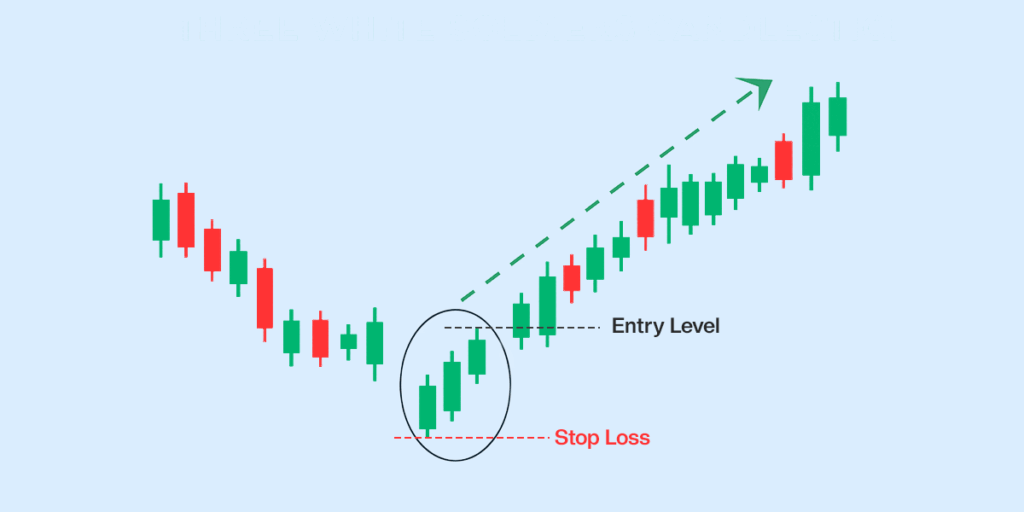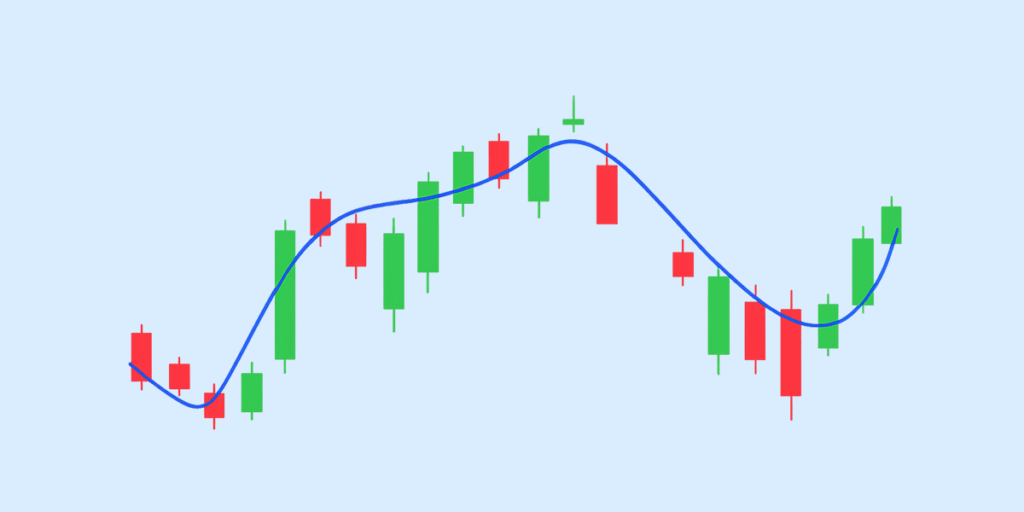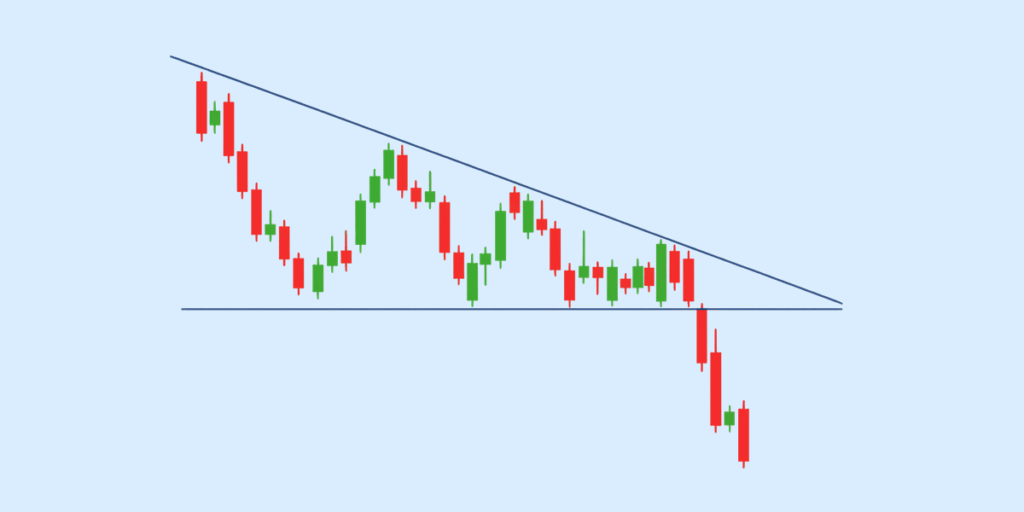Quick Summary
The Indian Rupee’s fall against the US Dollar (currently over 89.23 INR/USD) is driven by multiple factors. Key reasons include India’s trade and current account deficits, higher inflation than the US, rising US interest rates, and elevated global crude oil prices. This depreciation impacts remittances and trade. However, investors can benefit by diversifying into US stocks/ETFs, hedging, investing in export-oriented Indian companies (IT, Pharma), or considering gold. Always consult a financial advisor and adopt a long-term perspective.
Yet, in this article, we try to understand the various reasons that lead to the Indian rupee falling against the US dollar and also explore a few ways that you can benefit from this. Keep reading!
Economic Factors Affecting the Slide of the Indian Rupee Against the US Dollar
The Indian Rupee’s value against the US Dollar has been a concern for economists, businesses, and policymakers alike. Several economic factors contribute to the weakening of the Rupee, impacting India’s financial landscape and global competitiveness. Let’s explore the key elements driving this trend and their implications for the Indian economy.
India-US trade deal
Governor Malhotra of the Reserve Bank of India (RBI) mentioned an increase in demand for US Dollars has resulted in a decline in the Value of the Indian Rupee. He is hopeful that the conclusion of a trade treaty between India and America would relieve the pressure on the Indian Rupee. He has also commented that Foreign Exchange Reserves in India are providing “significant support” to the currency.
Kunal Sodhani, of Shinhan Bank’s Mumbai branch believes that the future sentiment of investors towards a possible Trade Deal between India & The United States is still unclear because there are no specific timelines for its conclusion and because none of the expectations have been realized until now.
Trade Deficit
India’s persistent trade deficit, where imports outweigh exports, plays a significant role in the Rupee’s depreciation. As Indian businesses need more dollars to pay for imports than they receive from exports, the demand for US currency increases. This imbalance puts pressure on the Rupee, causing it to lose value.
For instance, in December 2015, Indian exports fell for the 13th consecutive month, shrinking by 14.75% to $22.2 billion. Meanwhile, imports decreased by only 3.88% to $33.9 billion, widening the trade deficit to $11.6 billion. This ongoing trend weakens the Rupee’s position in the forex (foreign exchange) market, making it less attractive to international investors and traders.
Current Account Deficit (CAD)
Another crucial factor is the current account deficit (CAD), which reflects a country’s overall financial health in relation to the rest of the world. A widening CAD indicates that India is spending more on foreign trade than it earns, leading to a net outflow of domestic currency.
The Eurozone crisis has exacerbated this issue, as Europe has historically been one of India’s major trading partners. As the CAD grows, it depletes India’s foreign exchange reserves, weakening the Rupee. To stabilise the currency, India needs to focus on boosting exports and attracting foreign investment to offset the deficit.
Inflation
When India’s inflation rate is higher than that of the United States, it erodes the Rupee’s purchasing power relative to the Dollar. This means that you need more Rupees over time to buy the same goods or services that a Dollar can purchase.
The Indian economy’s struggle with persistent inflation contributes to the poor exchange rate between the USD and INR. As prices rise faster in India than in the US, the Rupee naturally depreciates to maintain purchasing power parity (the idea that exchange rates should adjust to equalise the price of a basket of goods across countries).
Interest Rate Differentials
The difference in interest rates between India and the United States significantly impacts currency values. When US interest rates rise, more foreign investment is attracted as investors seek higher returns. This increased demand for Dollars puts pressure on the Rupee.
Historically, India has faced high fiscal deficits, which peaked at 12.7% of GDP in 1990-91. India often borrows in foreign currencies to finance these deficits, leading to a drain on foreign exchange reserves. The interest rate gap between India and the US also affects global companies operating in both countries, as they face challenges in managing their finances across different interest rate environments.
Global Factors that Affect the INR/USD Exchange Rate
The exchange rate between the Indian Rupee (INR) and the US Dollar (USD) is influenced by a complex web of global factors that extend far beyond India’s borders. Understanding these international dynamics is crucial for investors, policymakers, and anyone involved in cross-border trade or finance. Let’s explore the key global factors that significantly shape the INR/USD exchange rate.
Strengthening the US Dollar
When the US Treasury yields (the interest rates on US government bonds) rise, it signals potential interest rate hikes by the US Federal Reserve. Higher interest rates make Dollar-denominated assets more attractive to investors worldwide. This increased demand for US assets leads to a stronger Dollar and, consequently, a weaker Rupee.
For example, when the US central bank hints at future interest rate increases to combat inflation, it can trigger a chain reaction. Investors flock to US bonds for higher returns, driving up demand for Dollars and putting pressure on currencies like the Rupee.
Crude Oil Prices
India’s heavy reliance on oil imports makes it particularly vulnerable to fluctuations in global oil prices. When crude oil prices rise, it has a double impact on the Rupee:
- India needs more Dollars to pay for the same amount of oil, increasing Dollar demand.
- Higher oil prices can widen India’s trade deficit, weakening the Rupee.
Historically, events like production cuts by the Organization of Arab Petroleum Exporting Countries (OAPEC) have forced India to borrow foreign currency to meet its oil needs. This borrowing puts additional pressure on the Rupee. This factor will continue to influence the exchange rate significantly until India can reduce its oil dependence or boost its exports to offset oil costs.
Global Economic Slowdown:
During periods of worldwide economic uncertainty:
- Demand for Indian exports may decrease, reducing the inflow of Dollars into the Indian economy.
- Investors often seek “safe haven” currencies like the US Dollar, moving money out of emerging markets like India.
This combination of reduced export earnings and capital outflows can lead to a depreciation of the Rupee against the Dollar. The interconnectedness of global markets means that economic troubles in other parts of the world can directly impact the value of the Rupee.
Foreign Institutional Investors (FIIs):
The behaviour of foreign institutional investors plays a crucial role in short-term exchange rate fluctuations. This is mainly because these large investment entities can move significant amounts of capital in and out of India quickly.
When FIIs sell Indian assets and convert their holdings back to Dollars, it creates downward pressure on the Rupee. For instance, a three-month sell-off by FIIs amounting to Rs. 7,146 crore (roughly $950 million) can significantly impact the exchange rate, even if domestic investors are buying.
Prolonged FII outflows can lead to sustained weakness in the rupee, affecting everything from import costs to India’s attractiveness as an investment destination.
Government Policies:
While not strictly a global factor, government policies in both India and the US can have international repercussions that affect the exchange rate:
- Capital controls: Restrictions on the flow of money in or out of India can impact the supply and demand for Rupees in the forex market.
- Interest rate adjustments: Changes in interest rates by either country’s central bank can shift investor preferences and capital flows.
- Trade policies: Tariffs, trade agreements, or disputes can affect bilateral trade and, consequently, currency demand.
These policies can signal a country’s economic direction to global markets, influencing investor sentiment and currency valuations.
How to Benefit from INR Falling Against USD
As the Indian Rupee continues to face challenges against the US Dollar, investors and financial planners are seeking ways to exploit this situation. While a weakening Rupee can challenge the Indian economy, it also presents opportunities for those who know where to look. Let’s explore some strategies to help you benefit from the current currency trends.
Diversification
One of the most effective ways to protect and potentially grow your wealth during periods of Rupee depreciation is through diversification. This strategy involves spreading your investments across different asset classes and geographic regions.
Add US stocks, international mutual funds, or exchange-traded funds (ETFs) to your portfolio. These investments can expose markets that may be performing well even as the Rupee struggles. Additionally, allocating a portion of your assets to currencies like the US Dollar or Euro can act as a hedge against Rupee volatility.
For this, online trading app platforms like Appreciate offer Indian investors the opportunity to easily invest in US stocks, providing a straightforward way to diversify internationally.
Hedging
Currency futures and options allow you to lock in a specific exchange rate for a future date, providing certainty in an uncertain market. While these instruments require some financial expertise to use effectively, they can be powerful tools for managing currency risk.
Another option is to explore currency-hedged mutual funds. These investment vehicles invest in foreign assets while actively managing currency risk, offering a potential buffer against Rupee fluctuations without requiring you to manage complex financial instruments personally.
Invest in export-oriented sectors.
Companies earning a significant portion of their revenue in US Dollars benefit from a weaker Rupee. How? Their foreign earnings become more valuable when converted back to Rupees, potentially boosting their profitability. Sectors worth considering include information technology, pharmaceuticals, and textiles. Investing in these export-oriented industries allows you to align your portfolio with businesses that may thrive in the current currency environment.
Invest in gold
Gold has long been considered a haven asset during economic uncertainty and currency fluctuations. As the Rupee weakens, the value of gold in Rupee terms often increases, making it an attractive option for preserving wealth. Consider allocating a portion of your portfolio to gold through physical gold, gold ETFs, or gold mutual funds.
Look for rupee-dollar arbitrage opportunities.
For the more adventurous investor, rupee-dollar arbitrage opportunities may be worth exploring. This involves identifying price discrepancies between markets and capitalising on them. For instance, purchasing goods or services in India with Rupees and selling them abroad for US Dollars. However, this strategy requires careful analysis and a deep understanding of market dynamics and often involves higher risks.
Stay informed and be patient.
Perhaps the most crucial strategy is to stay well-informed about economic indicators, government policies, and global market trends. Knowledge is power in investing, and understanding the factors driving currency movements can help you make more informed decisions.
Remember that currency fluctuations are often cyclical. While the Rupee may be struggling now, patience can be valuable. So, avoid making impulsive decisions based on short-term movements and instead focus on your long-term financial goals.
Important Factors to Consider
While the strategies mentioned above can help you benefit from the falling Rupee, it’s crucial to approach these opportunities with caution and wisdom. Here are some key tips to help you easily navigate this:
Seek Professional Guidance
A qualified financial advisor can provide personalised advice based on your financial situation, goals, and risk tolerance. They can also help you understand the nuances of currency markets and guide you towards strategies aligning with your financial plan.
Assess Your Risk Tolerance
Take an honest look at your risk tolerance – how much volatility can you comfortably handle in your portfolio? Some strategies, like investing in export-oriented stocks, may be relatively straightforward, while others, such as currency futures, carry higher risks. Make sure you fully understand the potential downsides of any investment before committing your hard-earned money.
Adopt a Long-Term Perspective
Instead of trying to time the market or make quick gains from short-term Rupee movements, consider how these strategies fit into your long-term financial goals. A well-thought-out, long-term approach can help you weather short-term volatility and potentially benefit from broader economic trends.
Conclusion
The INR/USD exchange rate is a barometer of complex global economic interactions. By understanding these factors, individuals and businesses can better navigate the challenges and opportunities presented by currency fluctuations. Whether planning international travel, managing a global business, or making investment decisions, keeping an eye on these global trends can help you make more informed financial choices in an interconnected world.
Disclaimer: Investments in securities markets are subject to market risks. Read all the related documents carefully before investing. The securities quoted are exemplary and are not recommendatory.
Related Articles
Best Semiconductor Stocks in India
Best Green Hydrogen Stocks in India
Articles for Stock Market Beginners
What is CMP in the Stock Market?
What is LTP in the Stock Market?





